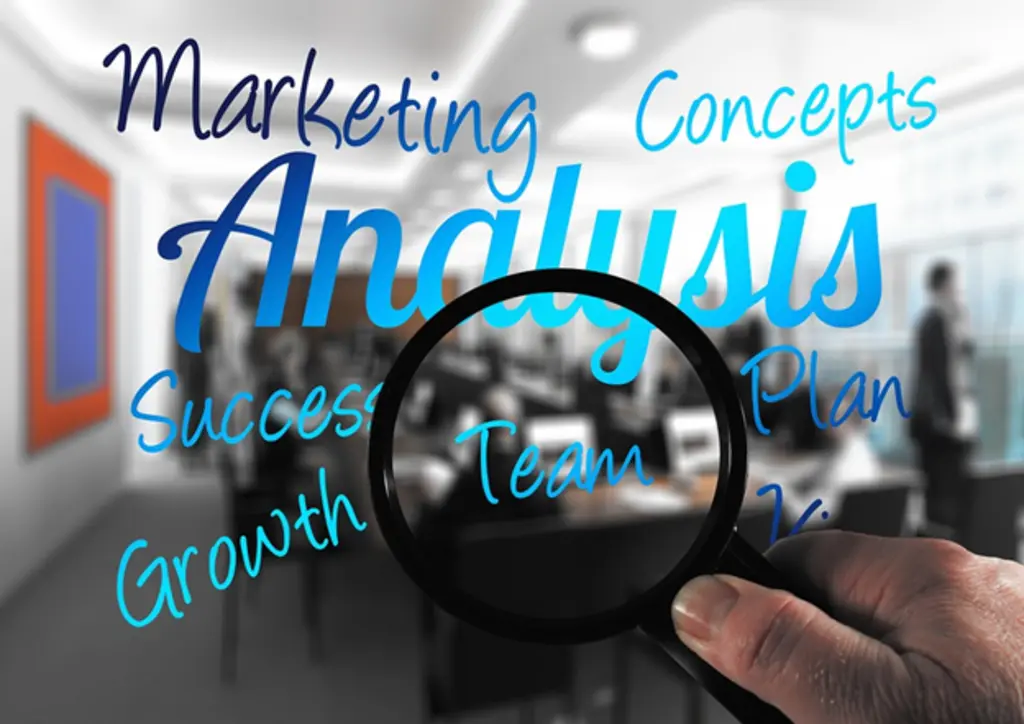Strategies For Successful Product Engineering Solutions
Companies invest 3 to 15% of their revenues in product research and development. They want to understand the markets and develop products aligning with consumer needs. That allows them to create customer-centric marketing campaigns and penetrate more markets with minimal effort.
Many companies want to maneuver product creation challenges and develop successful engineering solutions. Regardless of the product types and selections, these five strategies will guarantee success in your accomplishments.

1. Cutting-edge Solutions for Next Generation Businesses
Successful businesses plan for the future while emphasizing their current growth. That calls for the urgency in developing future-proof technology ecosystems. Create product engineering solutions that accommodate present needs while preparing for future opportunities. The engineering solutions should integrate future-proof technologies that can withstand and prevail in more intricate future environments.
Develop adaptive product engineering systems that adapt to changing technological and business landscapes. You want to develop holistic ecosystems that are flexible, strong, and resilient to ensure your technology implementations align with your long-term client goals. Also, transform your existing systems to optimize operations. Always aim at creating software environments that meet market demands. They should be in line with advancing industry standards and trends.
2. Data and AI-Informed Strategies

AI and data are unignorable schemes in the transformative product engineering segment. Data analytics offers detailed product performance metrics and insights into market trends and user behaviors. Leverage real-time dashboards, data democratization networks, and business intelligence to make informed decisions during the product development cycles. Product usage and user feedback data are integral baselines for informing feature improvements.
Integrate AI in your production engineering for more robust and efficient real-time data and NLP analysis. AL algorithms leverage historical data to predict future trends and expected outcomes, giving product engineers a clear understanding of expected demands.
They also equip engineers with the knowledge and tools to identify potential issues. AI can guide their product creation efforts, ensuring they optimize the product features. AI can dig into custom user experiences, providing the requisite data to guide the product creation processes. You will have better odds of crafting products that adapt to individual user needs. Also, it helps businesses satisfy client needs while cementing loyalty.
3. Persuasive Content and Transformative Commerce Strategies

The product engineering and development process only qualifies as a success when clients are satisfied with your products. You deserve transformative commerce strategies and compelling content to inform and market your product. That can increase the profitability of your product engineering activities. You want to leverage the expertise of content creators and commerce marketers to make your product engineering project successful.
Partner with trusted product engineering companies and a creative team of content creators who can describe your product feature benefits as they are. That helps you forge connections and trigger sales. Well-informed content creators use data-driven insights to craft creative masterpieces that compel readers and trigger conversions. Leverage the transformative power of meticulous commerce strategies that define user experiences and highlight your product feature benefits.
Modern clients prefer products that address their pain points. The best commerce strategies underscore customer pain points through performance tracking, user experiences, and testimonials. That helps you to create products that stand out in the competitive digital space while transforming followers into repeat customers.
Check Out: Fintechzoom NIO Stock – An In-Depth Analysis
4. Automate and Streamline Processes with Custom Applications
The most challenging part of product engineering is managing multiple processes. Product engineering involves multiple processes like team collaboration, project management, and resource allocation. These time-consuming and intricate processes can weigh down your teams and lead to delays in product manufacturing. Leverage custom applications to automate and streamline your product development processes, improve productivity, and reduce the time it takes to release new products to the market.
Teams in different departments should communicate and collaborate for seamless operations. The sales, engineering, marketing, and design teams should speak in one voice to make the process seamless. That can become a challenge without the best communication and collaboration structures. Custom applications integrate all these departments and processes, aligning stakeholders and contributing to effective product development processes.
5. Effective Product Roadmaps

Product engineering teams work under strategic frameworks and guidelines. They need to follow strategic frameworks and guiding visions to create market-acceptable products. That can become a challenge without a well-defined product roadmap. Your company should partner with trusted product engineering specialists to help develop value-adding product roadmaps that outline the key milestones, visions, and goals the product must meet. That connects all stakeholders, enabling them to work towards a similar objective.
Roadmaps help teams pinpoint and focus on critical functionalities and features needed by the product to achieve its predefined goals. A well-defined roadmap lets you allocate resources and manage timelines to ensure value delivery.
Wrapping Up
Product engineering and development are integral in successful product creation and sales. Every company wants its products to receive remarkable market acceptance and sales volumes within the predetermined period. That is achievable with an efficient roadmap defining product development, marketing, and sales frameworks. You want to leverage advanced data and AI technologies in planning product developments to optimize success in your product creations and sales. Automate collaboration and communication, and ensure you create commerce and product content that sells.
